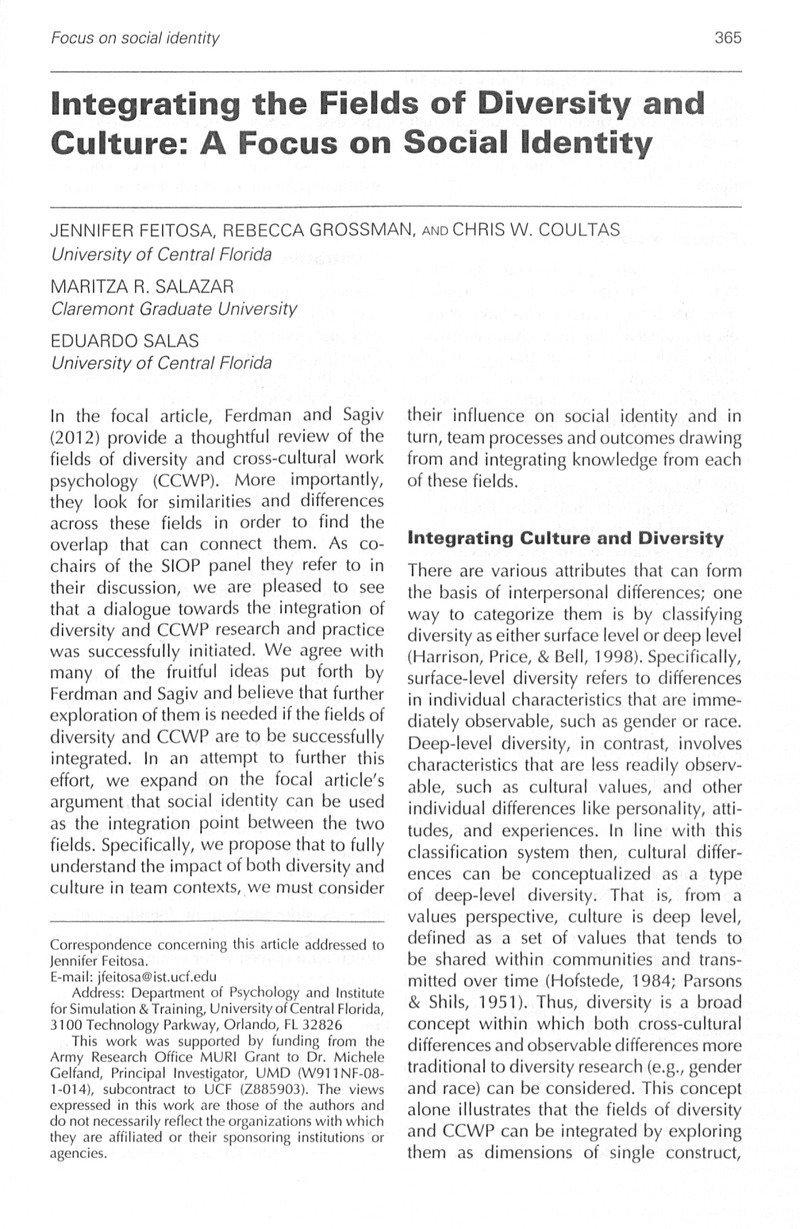Crossref Citations
This article has been cited by the following publications. This list is generated based on data provided by Crossref.
Ferdman, Bernardo M.
and
Sagiv, Lilach
2012.
The Value of Connecting Diversity in Organizations and Cross-Cultural Work Psychology Through Dialogue and Multiplicity.
Industrial and Organizational Psychology,
Vol. 5,
Issue. 3,
p.
373.
Ramadan, Reem
2017.
Questioning the role of Facebook in maintaining Syrian social capital during the Syrian crisis.
Heliyon,
Vol. 3,
Issue. 12,
p.
e00483.
Baker, Susan D.
Saifuddin, Samina M.
and
Stites-Doe, Susan
2018.
Mending the Gaps: An Exercise in Identifying and Understanding Diverse and Multicultural Team Faultlines.
Organization Management Journal,
Vol. 15,
Issue. 3,
p.
130.
Krishnakumar, Divya
Caskey, Rachel
and
Hughes, Ashley M.
2021.
Examining the Influence of Power Distance on Psychological Safety Within Healthcare Teams.
Proceedings of the International Symposium on Human Factors and Ergonomics in Health Care,
Vol. 10,
Issue. 1,
p.
194.
Feitosa, Jennifer
Hagenbuch, Spencer
Patel, Bansi
and
Davis, Alicia
2022.
Performing in diverse settings: A diversity, equity, and inclusion approach to culture.
International Journal of Cross Cultural Management,
Vol. 22,
Issue. 3,
p.
433.
Jerez Jerez, Maria Jesus
Foroudi, Pantea
and
Melewar, Tc
2024.
A Mixed-Methods Investigation of Work Identity in Waiting Staff, and Its Impact on Turnover Intention.
Journal of Quality Assurance in Hospitality & Tourism,
Vol. 25,
Issue. 3,
p.
570.



